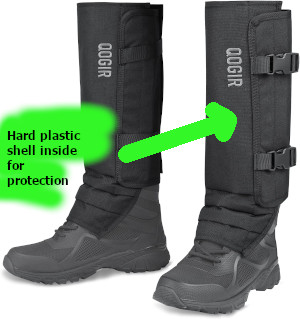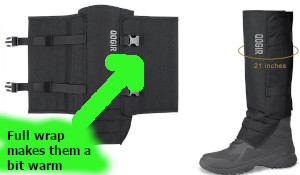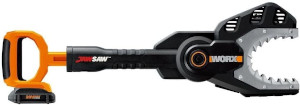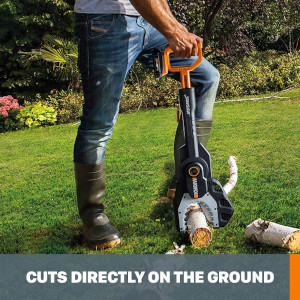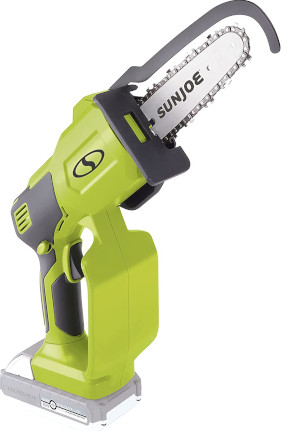For those of you who are impatient, I’ll cut to the chase. For battery powered chainsaws, this saw is the top of the line performer. No other saw matches its performance and characteristics. Milwaukee is known for its quality products, and they have really hit the ball out of the park with this one.
As technology improves, gas chainsaws are becoming equaled and surpassed in quality (and definitely convenience) by battery product. Who would buy a gas chainsaw when you can get a clean-running, lightweight, no-maintenance chainsaw? For most homeowners, a chainsaw like the Milwaukee 2727-21HD is a perfect choice.
[CLICK HERE TO CHECK MILWAUKEE’S LATEST 21HD PRICING]
Milwaukee’s Brand
Back in May of 2018, Milwaukee announced they would be releasing a 16” cordless chainsaw based on their M18 FUEL line of outdoor power equipment. What made this announcement so much more interesting was the fact that Milwaukee claimed this cordless chainsaw would deliver performance “never seen before on an 18V platform”. And to top it off, the chainsaw was touted to be more powerful than 40cc gas models.
Various tests by independent reviewers have shown that there is some truth to Milwaukee’s claim. Their M18 FUEL chainsaw rivals 30 to 38cc homeowner grade gas models when it comes to cutting performance. Unlike other cordless electric chainsaws, the M18 FUEL chainsaw has enough torque and speed to slice through 15” logs of maple and ash just as easily as an entry to mid- level gas powered model. This also puts it in direct competition with the most powerful 15A corded electric saws. And you get all the benefits of electric power- zero maintenance, easy to start, lightweight, compact, and environment friendly. Best of all, you don’t have to mix and store fuel anymore.
So is the M18 FUEL 16” chainsaw worth your hard earned money? We’re here to provide you with all the information you need to answer that question. We’ll talk about the 2727-21HD chainsaw kit, highlighting the unique features of the brand new HD12.0 lithium ion battery. This should help you decide if you want to purchase the kit, or just the standalone tool (Milwaukee model 2727-20HD). We also review two extremely popular cordless chainsaws- the Craftsman V60 16” and the Makita XCU03PT1 14”. This should give you a perspective on what the competition has to offer, and if the Milwaukee is worth extra money.
16” Cordless Chainsaw Kit:
Excellent quality. Relatively quiet. Cuts fast. Overall, a well-engineered chainsaw that can replace a gas chainsaw. Perfect for most homeowners who value quality and can afford it.
Features :
16 in. Oregon Bar and Chain
POWERSTATE Brushless Motor provides the power and performance of a gas engine up to 40CC.
REDLITHIUM High Output HD 12.0 Ah Battery Pack: Provides 50% more power and runs 50% cooler versus standard REDLITHIUM HD packs
Variable speed trigger for full control
Dual-stud for improved bar and chain retention
Automatic oiler for proper chain lubrication and increased productivity
Onboard storage for scrench
Compatible with 175+ M18 solutions
3 year tool and 3 year battery warranty
Includes: (1) M18 FUEL 16 in. chainsaw, (1) RedLITHIUM high output HD12.0 battery pack, (1) M18 and M12 rapid charger, (1) 16 in. Oregon bar and chain, (1) scrunch
Overview :
With the advent of lithium ion battery technology and brushless DC motors, it was clear that the rise of cordless power tools was inevitable. However, one thing we didn’t expect to see was a cordless chainsaw rivaling gas powered models. Even as recently as 2 to 3 years ago, people were speculating that while cordless chainsaws had their place, they would never replace gas units. And while that is still true today, we are closer than ever to realizing a gas-free future in the chainsaw world. When talking about homeowner grade 16” models, very few industry experts will recommend you go and buy something more powerful than the M18 FUEL chainsaw from Milwaukee. And frankly, there aren’t a whole lot of 16” chainsaws out there which are more powerful. Gas or electric.
One of the biggest hindrances stopping us from developing a powerful electric tool to rival gas alternatives is the battery. A tank of gas has much higher energy density than any battery in existence. One liter of gasoline contains 34 megajoules of energy (similar to 100 sticks of dynamite), whereas a lithium-ion battery only holds 2 megajoules of energy in the same volume. But here’s the catch- a gasoline engine only converts about 20 to 30 percent of that energy into useful work. An electric motor is far more efficient, converting 80 to 90 percent of the available energy within a battery into work.
When you create a portable power tool that runs on electricity, the biggest limitation will be the amount of power it can draw from its battery pack. While electric motors are capable of generating the same power as a gas engine in a much more compact space across a wider RPM band, the most powerful electric chainsaws have always been corded. Milwaukee is looking to change this trend, by making several optimizations across the board. The groundbreaking performance of their brand new 16” cordless chainsaw is derived from 3 major components:
HD12.0 Lithium-Ion Battery
Secondly, we have the brand new M18 HD12.0 battery pack, which is a 3P battery. It contains 3 sets of 5 cells each, connected in parallel. Each cell generates 3.6V, so 5 of them added up in series configuration equals 18 volts. With a parallel connection, you get the same voltage but more current. In a series connection, current drawn is the same as that of a single cell, but voltage adds up. Dual 18V platforms like the Makita 18Vx2 use series connections to add up the voltage from two 18V batteries (current stays constant).
Unlike the older M18 battery packs, the HD12.0 is equipped with 21700 lithium-ion cells. What does that mean? Well, 21700 refers to a standardized form factor for lithium-ion cells: 21mm wide x 70mm tall, and the 0 tells us that this is a cylindrical shaped battery cell (much like the AAA cells in a remote). By combining multiple such cells, you get a battery pack. As we explained earlier, the HD12.0 uses 3 sets of these connected in parallel with each set containing 5 individual cells for a total of 15.
The older HD9.0 and HD5.0 packs were equipped with 18650 cells (18mm x 65mm, cylindrical). While the 18650 cell has been around for a long time and is a highly refined platform, it doesn’t compare to the new 21700 cells in terms of energy density or capacity.
Not only is the 21700 physically larger than the 18650, but the cell chemistry is different which allows it to deliver more energy even if both were the same size. Tesla uses 2170 cells (a variant of 21700) manufactured by Panasonic in their latest Model 3. They had been using the older 18650 cells in most of their models released after 2013. Milwaukee’s new HD12.0 battery can support higher sustained current draws for longer periods compared to the HD9.0 battery pack. And it also supports a higher peak current draw, which typically lasts for a fraction of a second.
These characteristics make the HD12.0 highly desirable for applications which demand tons of sustained high amperage power. High demand power tools such as chainsaws, hole saws, reciprocating saws, angle grinders, and high torque 1” impact wrenches will benefit greatly from the new HD12.0 battery pack.
HD12.0 Lithium-Ion Battery
Secondly, we have the brand new M18 HD12.0 battery pack, which is a 3P battery. It contains 3 sets of 5 cells each, connected in parallel. Each cell generates 3.6V, so 5 of them added up in series configuration equals 18 volts. With a parallel connection, you get the same voltage but more current. In a series connection, current drawn is the same as that of a single cell, but voltage adds up. Dual 18V platforms like the Makita 18Vx2 use series connections to add up the voltage from two 18V batteries (current stays constant).
Unlike the older M18 battery packs, the HD12.0 is equipped with 21700 lithium-ion cells. What does that mean? Well, 21700 refers to a standardized form factor for lithium-ion cells: 21mm wide x 70mm tall, and the 0 tells us that this is a cylindrical shaped battery cell (much like the AAA cells in a remote). By combining multiple such cells, you get a battery pack. As we explained earlier, the HD12.0 uses 3 sets of these connected in parallel with each set containing 5 individual cells for a total of 15.
The older HD9.0 and HD5.0 packs were equipped with 18650 cells (18mm x 65mm, cylindrical). While the 18650 cell has been around for a long time and is a highly refined platform, it doesn’t compare to the new 21700 cells in terms of energy density or capacity.
Not only is the 21700 physically larger than the 18650, but the cell chemistry is different which allows it to deliver more energy even if both were the same size. Tesla uses 2170 cells (a variant of 21700) manufactured by Panasonic in their latest Model 3. They had been using the older 18650 cells in most of their models released after 2013. Milwaukee’s new HD12.0 battery can support higher sustained current draws for longer periods compared to the HD9.0 battery pack. And it also supports a higher peak current draw, which typically lasts for a fraction of a second.
These characteristics make the HD12.0 highly desirable for applications which demand tons of sustained high amperage power. High demand power tools such as chainsaws, hole saws, reciprocating saws, angle grinders, and high torque 1” impact wrenches will benefit greatly from the new HD12.0 battery pack.
POWERSTATE Brushless Motor
First of all, this chainsaw is driven by a completely redesigned brushless motor. It is more compact than previous Milwaukee brushless motors, yet more powerful. This is a Milwaukee “POWERSTATE” motor, and all of it is designed and manufactured inhouse. Compared to brushless motors from rival companies such as Makita or DEWALT, Milwaukee’s design generates higher torque and runs cooler. This is because they are equipped with more power-generating components and higher grade rare earth permanent magnets.
Heavier duty copper windings ensure greater power output when combined with the extra current draw potential supported by these new HD12.0 batteries. Milwaukee’s brushless motors are driven with the help of advanced electronics, which allow for better control at lower RPMs. You’ll notice this in real life while feathering the variable speed trigger. The chain can creep forward at extremely low speeds, but when full power is requested it will ramp up to 6600rpm in less than one second.
The throttle response is unlike anything you’ll ever see on a gas chainsaw because there are no mechanical limitations to how quickly the motor can draw more fuel. There is no throttle cable, carburetor, or fuel line. Electrons travel much faster than gas through a pipe, and the characteristics of an electric motor allow it to spool up immediately without any lag whatsoever.
Red Link Plus Smart Logic
Finally, there is the “brains” behind this entire operation- Milwaukee’s Red Link Plus intelligence. What is it? Red Link Plus is an advanced electronic management system integrated into both the battery and tool, comprised of various components such as sensors and micro-controllers. This system allows the battery, charger, and tool to communicate seamlessly between each other which results in higher energy efficiency and better overload protection. No more overheating, or excess current draws which can compromise the lifespan of your motor.
Faster charging times are possible because the Milwaukee rapid charger takes into account various factors such as battery temperature, voltage, current, etc. Red Link Plus will provide your M18 FUEL chainsaw with a quick burst of power when it is needed. And if your chain gets stuck it will prevent the motor from drawing too much current, stalling it instead for safety reasons.
Noise And Weight — Milwaukee 2727-21HD
We all know that electric chainsaws require minimal maintenance and run much quieter than gas. But how do these advantages translate into real life? Well, here’s an example- you’re a homeowner, and you own a property with a bunch of walnut trees growing in the yard. Some of the trees need a haircut, but you are scared to use your noisy gas-powered Husqvarna 460 Rancher because it might wake up the neighbors.
On top of that, the Husqvarna might be a little more difficult to start in the cold whereas the Milwaukee M18 FUEL will start instantly. Now we know most people don’t like cutting trees at 7:30 am in the winter, but this is a hypothetical scenario to show you what’s possible on a quieter chainsaw. You won’t break any of the local noise laws, and won’t smell like gas when you get back inside the house. Besides, the neighbors won’t show up at your door later in the day demanding to know why you ruined their sleep on a weekend.
With a full tank of bar oil and a battery, the M18 FUEL chainsaw will weigh around 14.6 pounds. In comparison, most cordless chainsaws weigh under 10 pounds with even the premium ones coming in at under 12. So why is the Milwaukee heavier than its competitors? Well, as we explained earlier you need to draw more current to get the same amount of power if your voltage is lower. This results in increased weight due to heavier motor windings and thicker wires which are needed to support higher current draws.
While companies like DEWALT and EGO have moved on to 60V and 56V battery platforms, Milwaukee is stubborn to stay on its 18V platform which is more than a decade old by now. While it is admirable that they don’t want to inconvenience old customers by forcing them to buy new form factor batteries, this decision means they have to spend more time and money on engineering a far superior battery solution. And their solution is indeed better than the competition, proving that you don’t always need more voltage to create a powerful tool. You can instead decrease battery pack impedance, and improve the current draw. Using smarter processors, thicker copper windings in the motors, dual tabs on both the anode and cathode of lithium-ion cells and higher grade magnets, Milwaukee has managed to slay its competition with an 18V battery platform.
This chainsaw is extremely easy to use despite its weight and length, thanks to the elongated rear handle. Other cordless chainsaws don’t have as much space between the rear of their handle and the body, which can be an inconvenience if you’re wearing gloves. Milwaukee’s cordless chainsaw operates very much like a gas model. Once you disengage the chain brake and depress the throttle safety, it is ready to go. Unlike a gas chainsaw, it doesn’t have to idle in between cuts which saves power. When transitioning between cuts, you simply lift your finger off the trigger to immediately stop the motor. And as soon as you get back on the throttle, it responds instantly.
Tech Specs (Milwaukee 2727-21HD) :
Motor Type : Brushless
Length : 33″
RPM : 6600
Bar Length : 16″
Chain Gauge : .043″
Chain Pitch : 3/8″ Low Profile
Battery System : M18
Weight : 13.9 lbs
Power Source : Cordless
Cordless Chainsaw Power Compared To Gas
Milwaukee claims their cordless 16” chainsaw can rival gas power, up to 40cc. While we haven’t personally verified these claims, there are a couple of videos online from third-party reviewers who put this chainsaw up against gas models as we showed earlier, putting the M18 FUEL chainsaw against a Husqvarna 460 Rancher, which is a powerful pro-sumer grade 60cc saw. And while the reviewer claims that it beat the Husky by 7 seconds, the Husqvarna appears to be operating with a dull chain. It is creating fine powdery sawdust, while the M18 FUEL is spitting out chips of wood (sign of a sharp chain).
Some commenters also noted this difference, so the battle might have been tilted in the favor of the Milwaukee. Nevertheless, it is impressive that a cordless chainsaw is even capable of competing with a 60cc gas model despite the possibility of the gas chainsaw running a dull chain. We can tell you right now, no other cordless chainsaw will beat or even come close to a Husqvarna 460 rancher, even if you handicap the Husqvarna with a dull chain.
Now, let’s see how the Milwaukee 2727-21HD compares to the Stihl 026, a 49cc gas saw, against the battery-powered M18 Fuel. While it is not exactly apples to apples since both chainsaws are equipped with different chains, at least the chains appear to be sharp so it should be a fair battle.
While the M18 Fuel loses, it is not behind the Stihl by a large margin. Actually, the two are pretty close. Close enough that you’ll not notice the difference unless you put them side by side with a timer. And if you take into account the time required to start the Stihl in between cuts, the actual amount of work done might be the same between the two for a given period.
Based on reviews from verified customers, the Milwaukee M18 Fuel has no trouble cutting through 15” hardwood logs. According to Milwaukee, you will be able to make 150 cuts in 6×6 cedar with the HD12.0 battery that is included in the 2727-21HD kit. It will fell trees that are 14 to 16 inches thick at the trunk. And you can even cut logs of ash and oak up to 20” in diameter by cutting from both sides. While this is not exactly a tree felling monster or sawmill chainsaw, it can certainly handle any limbing or trimming job you throw at it. In fact, it might even be overkill for basic level trimming work in the garden.
Get a smaller cordless model if all you do is pruning and some light firewood cutting. This chainsaw is perfect for contractors, carpenters, landscapers, arborists, linesmen, etc., and pretty much any professional/ DIYer who wants the most powerful cordless chainsaw in the world. If you’re rebuilding the deck in your home or working on log cabins, get a couple of extra batteries and you’ll be able to work all day long.
[CLICK HERE TO CHECK MILWAUKEE’S LATEST 21HD PRICING]
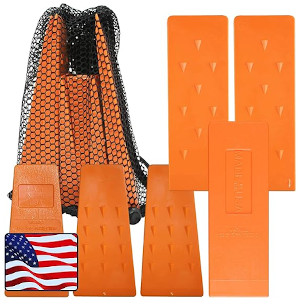


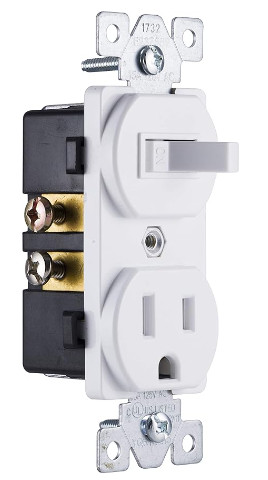
 I am a little ashamed to admit this, but for a long time I would use a chain until it got too dull to cut, and I would throw it away.
I am a little ashamed to admit this, but for a long time I would use a chain until it got too dull to cut, and I would throw it away.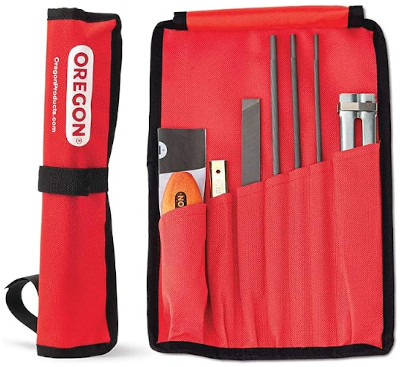
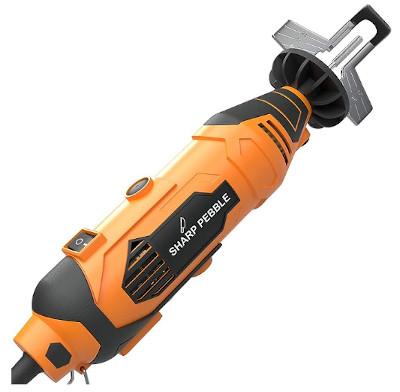
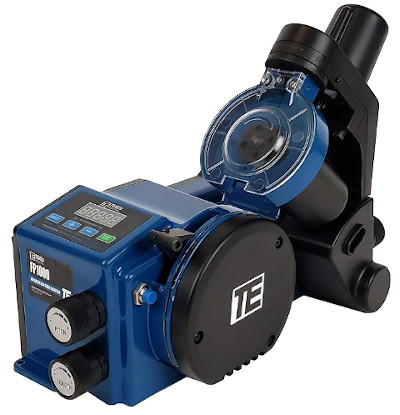

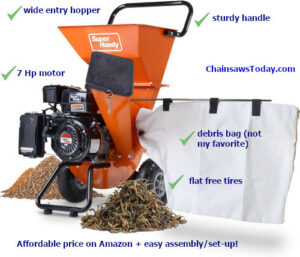
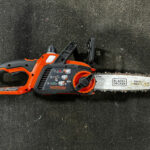
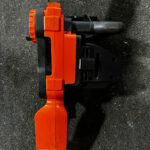
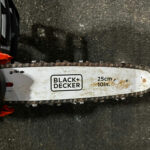
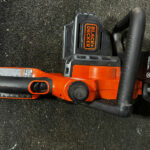

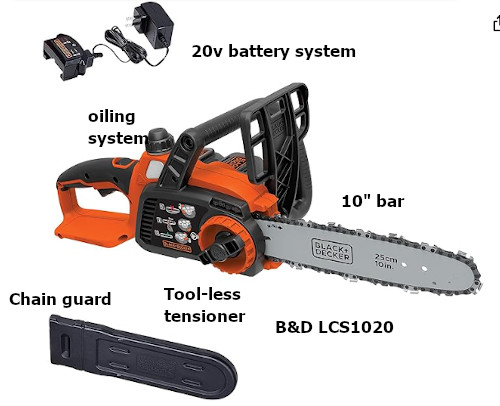
 If you’ve been hanging around ChainsawsToday for very long, you know I’m not prone to drama or histrionics. But I’m a firm believer that every home needs a backup heat source.
If you’ve been hanging around ChainsawsToday for very long, you know I’m not prone to drama or histrionics. But I’m a firm believer that every home needs a backup heat source.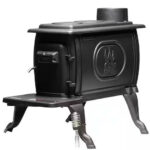 I am going to give you some tips about stacking and storage.
I am going to give you some tips about stacking and storage.

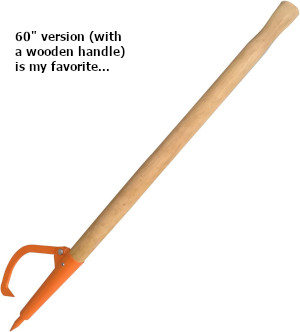
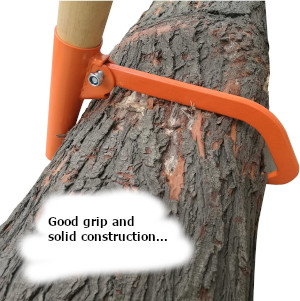
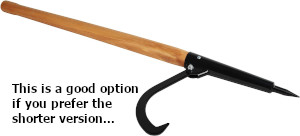
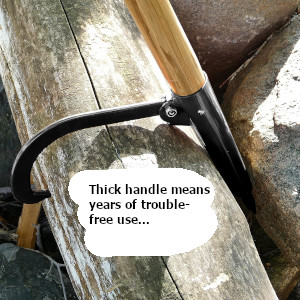

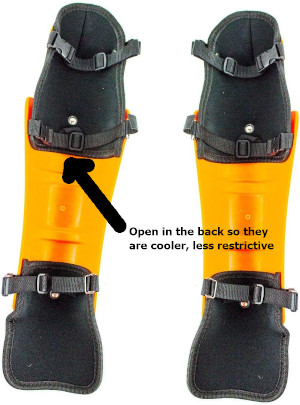 [click here for Everest pricing]
I have a love/hate relationship with these Everest guards.
[click here for Everest pricing]
I have a love/hate relationship with these Everest guards.